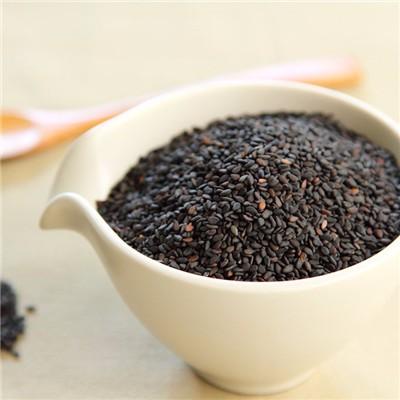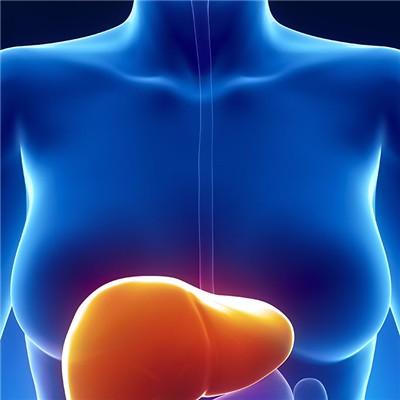Symptoms of viral stomatitis?
summary
Stomatitis is a common oral disease in our daily life. Although it will not cause serious consequences, it does affect our eating. So, what are the clinical manifestations of stomatitis? How can we tell if it's stomatitis? Now let's introduce it in detail.
Symptoms of viral stomatitis?
Ulcerative stomatitis can occur in all parts of the mouth, common in the lip, tongue and buccal mucosa, can spread to the lip and throat. At the beginning, the mucous membrane is congested, edematous, and may have herpes. Later, erosion or ulcer of different sizes occurs. The wound surface is covered with a thick fibrous exudate, forming a grayish white or yellow pseudomembrane. The boundary is clear and easy to wipe off. After wiping, the erosive surface with bleeding is left, and the pseudomembrane reappears soon. Local pain, lymph node enlargement. Antifeedant, irritable, fever 39 ℃ - 40 ℃. The body temperature of patients with mild systemic symptoms returned to normal in about a week, and the ulcer gradually recovered; Dehydration and acidosis may occur in severe cases.
When herpetic stomatitis starts, the fever reaches 38 ℃ - 40 ℃. After 1-2 days, single or clusters of small herpes appear in the oral mucosa of gingiva, lip, tongue, buccal mucosa and other parts, with a diameter of 2-3 mm. There is a red halo around it. Ulcers are formed after rapid ulceration and covered by yellow white cellulose secretions. Multiple ulcers can fuse into irregular large ulcers, sometimes involving the palate and pharynx. In the corner of the mouth and the skin around the lip, sores and herpes often occur, with severe pain, food refusal, salivation, irritability, and submandibular lymph nodes often swelling. The body temperature returned to normal after 3-5 days, and the course of disease was 1-2 weeks. Local lymphadenopathy lasted for 2-3 weeks. This disease should be differentiated from herpangina, the latter is caused by Coxsackie virus, mostly occurs in summer and autumn, the sore rash mainly occurs in the pharynx and soft palate, sometimes in the tongue, but does not involve the gingival and buccal mucosa, submandibular lymph node enlargement.
Drug allergic stomatitis after taking a certain drug, the oral mucosa acute inflammation. Generally, the onset of the disease is about 24 hours after taking the medicine. Its early symptoms are congestion, edema or erythema and blisters of oral mucosa. Due to the continuous absorption of drugs, the early symptoms gradually aggravated and the formation of mucosal ulceration. The ulcerated surface of mucous membrane is different from the general appearance of aphthous ulcer. The ulcerated surface is covered with bloody secretions, and the ulcerated surface is swollen, which often causes irritating and severe pain. Children refuse to eat because of pain.
matters needing attention
From the above introduction, we can probably judge whether we have stomatitis, which type of stomatitis we belong to, and so on. Of course, stomatitis needs to be treated. After confirmation, we must choose a professional hospital for examination and treatment.













